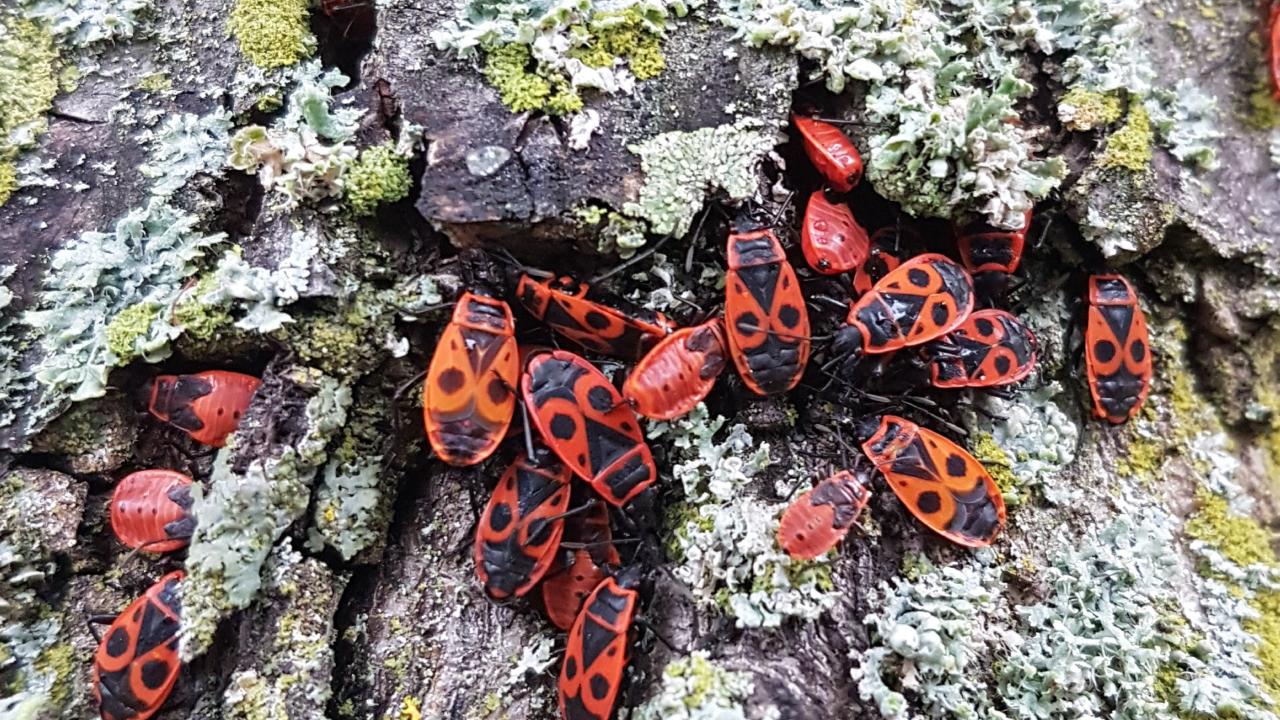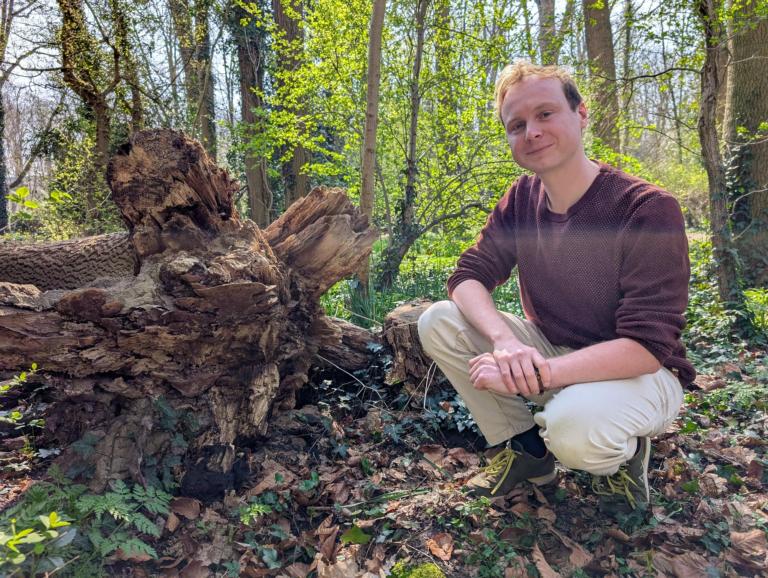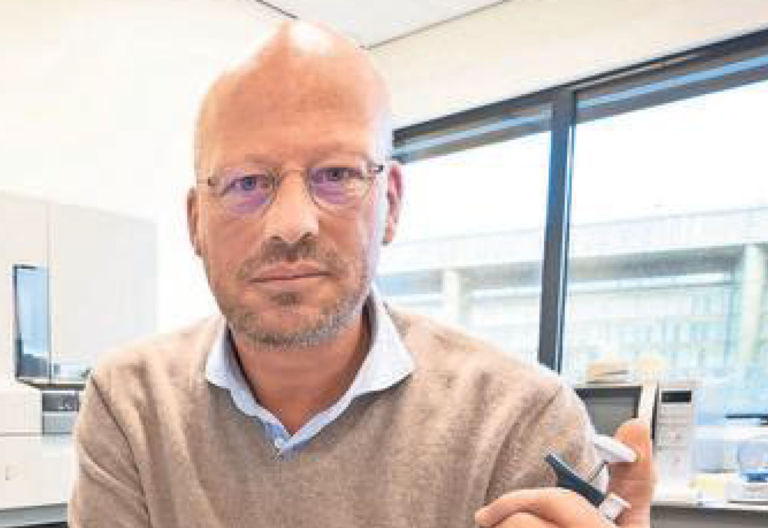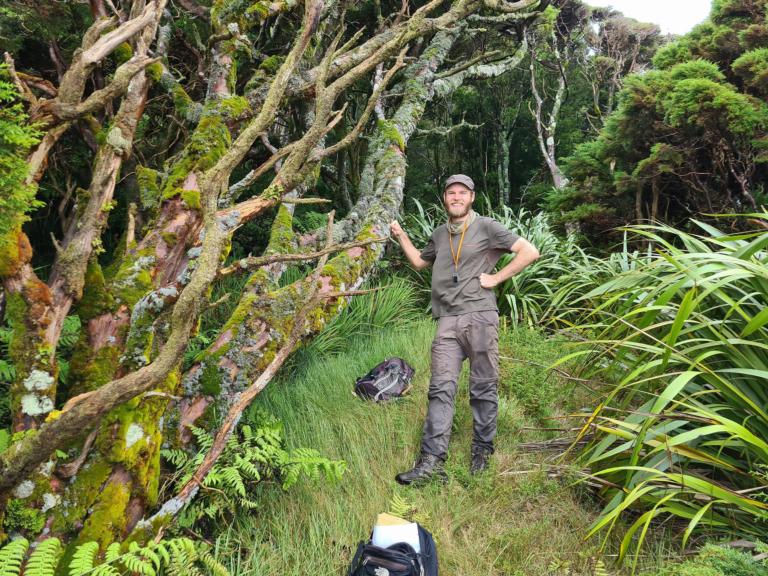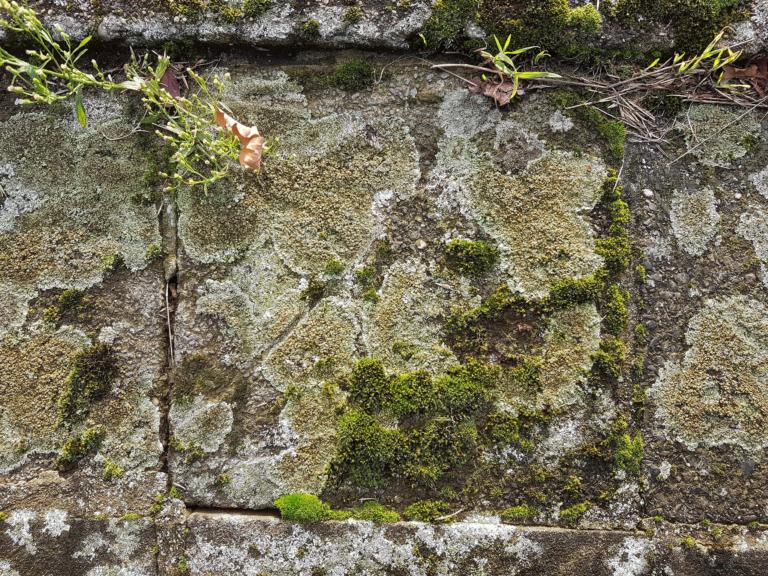
Cities should become greener, more biodiverse and climate-resilient. Many organisms that are important for the functioning of urban green and the wellbeing of urban citizens, however, remain little known. This ‘hidden biodiversity’ (bacteria, fungi, soil animals, algae, mosses, lichens and pavement plants) is investigated, and brought to the attention of urban citizens, in HiddenBiodiversity, an NWO-funded project of the Dutch Science Agenda.
Project summary
The problem
Urban biodiversity is usually narrowed down to planted vegetation, birds and mammals, which are only the tip of the iceberg of the total biodiversity. The hidden biodiversity layers and networks in the soil, on trees and construction surfaces are understudied, although they are an essential component of urban ecosystems and provide manifold ecosystem services to citizens. This hidden but crucial biodiversity of bacteria, fungi, invertebrates, algae, bryophytes, lichens and pavement plants is either neglected or negatively valued in urban management and citizen perception.
Our approach
An interdisciplinary approach will lead to a better understanding of relationships of hidden biodiversity networks with key elements of urban infrastructure, climate and citizens. Crucial insights will be gained into correlations of biotic and abiotic parameters in the soil and on aboveground surfaces, species and functional diversity in urban ecosystems from species trait analyses and state-of-the-art molecular approaches, ecosystem services quantification and response to draught-heat stress, and ecological citizenship and pro-environmental behaviour from citizens’ attachment to own private ecosystems and acceptance of spontaneous occurrence as challenging characteristic of hidden biodiversity. These insights are important for street design, tree vitality, urban green management, species identification, biomonitoring, climate change adaptation, assessing success and value of urban greening measures, and motivating citizens to act pro-environmentally. HiddenBiodiversity involves stakeholders and citizens in co-creative activities including a stakeholder dialogue, citizen science projects and a learning ecosystem for citizens to explore hidden biodiversity.
Expected outcome
By including hidden biodiversity in decision-making, planning and management frameworks of the urban public space and enabling citizens to accept and foster all biodiversity in their private surroundings, the project outcomes will ultimately contribute to creating a healthier urban living environment and protecting urban biodiversity.
Who workon this project?
The HiddenBiodiversity consortium
Vrije Universiteit Amsterdam, Universiteit Leiden/Hortus botanicus Leiden, Technische Universiteit Delft, Hogeschool van Amsterdam, Bryologische en Lichenologische Werkgroep, Hogeschool Leiden/Leiden Centre for Applied Bioscience, Erasmus Universiteit Rotterdam, Bureau Stadsnatuur Rotterdam, Cobra Groeninzicht, H.D. Sneep holding BV (Greenwavesystems), Heijmans NV, Gemeente Amsterdam, Gemeente Leiden, Nederlandse Entomologische Vereniging (NEV), Provincie Noord-Holland, Reichwein Post Production BV, Respyre BV, Stichting Steenbreek, Stichting Trompenburg Tuinen & Arboretum, Stichting Vrienden van de Leidse Hortus, Stichting Nederlandse Natuurhistorische Collecties, Stichting Waarneming.nl, EnerSearch Solar GmbH en Naturalis Biodiversity Center.
